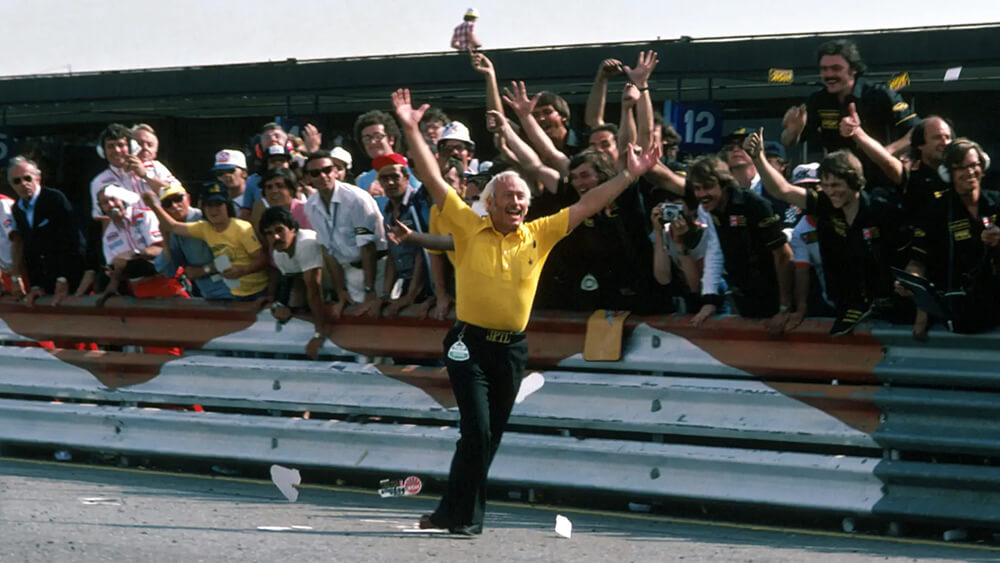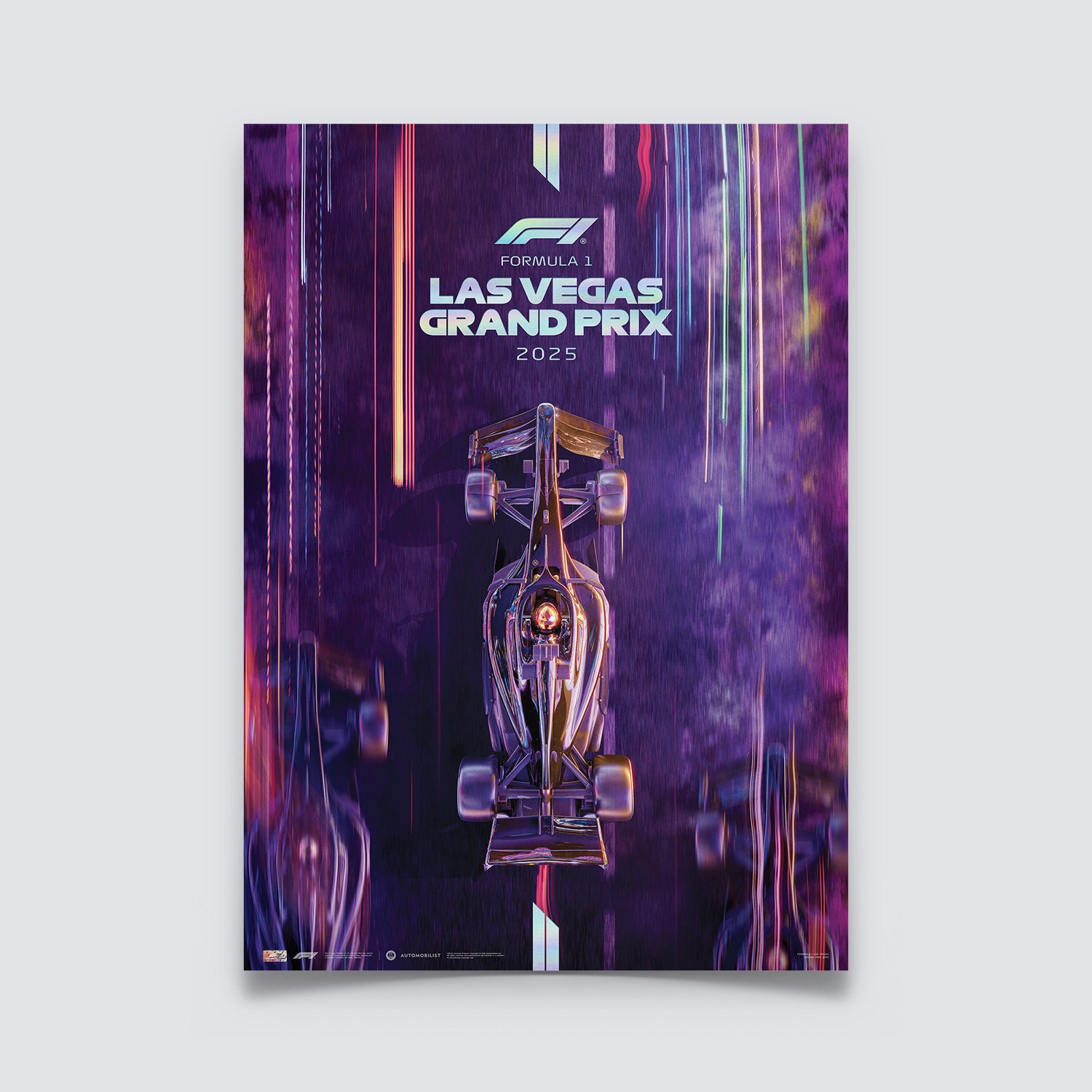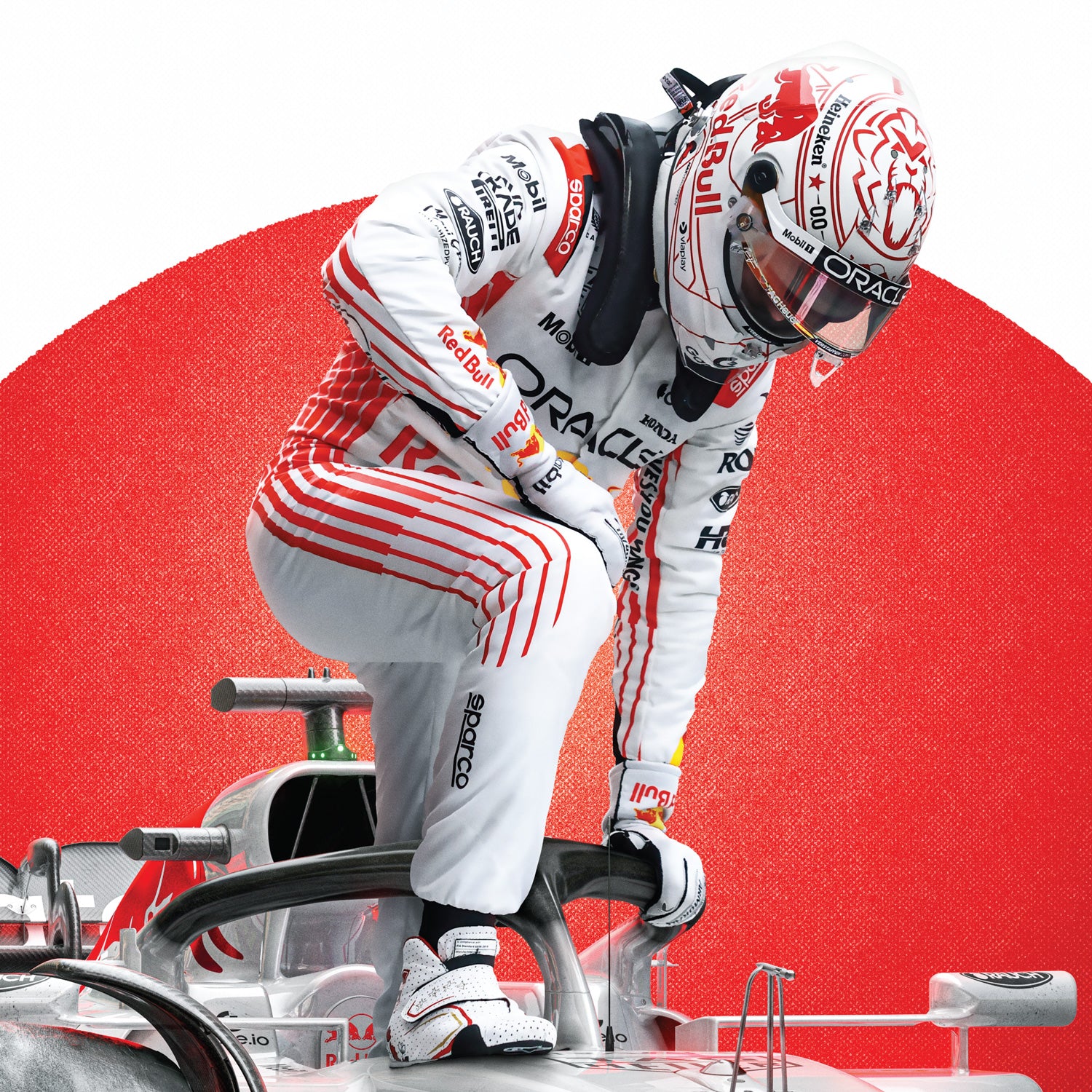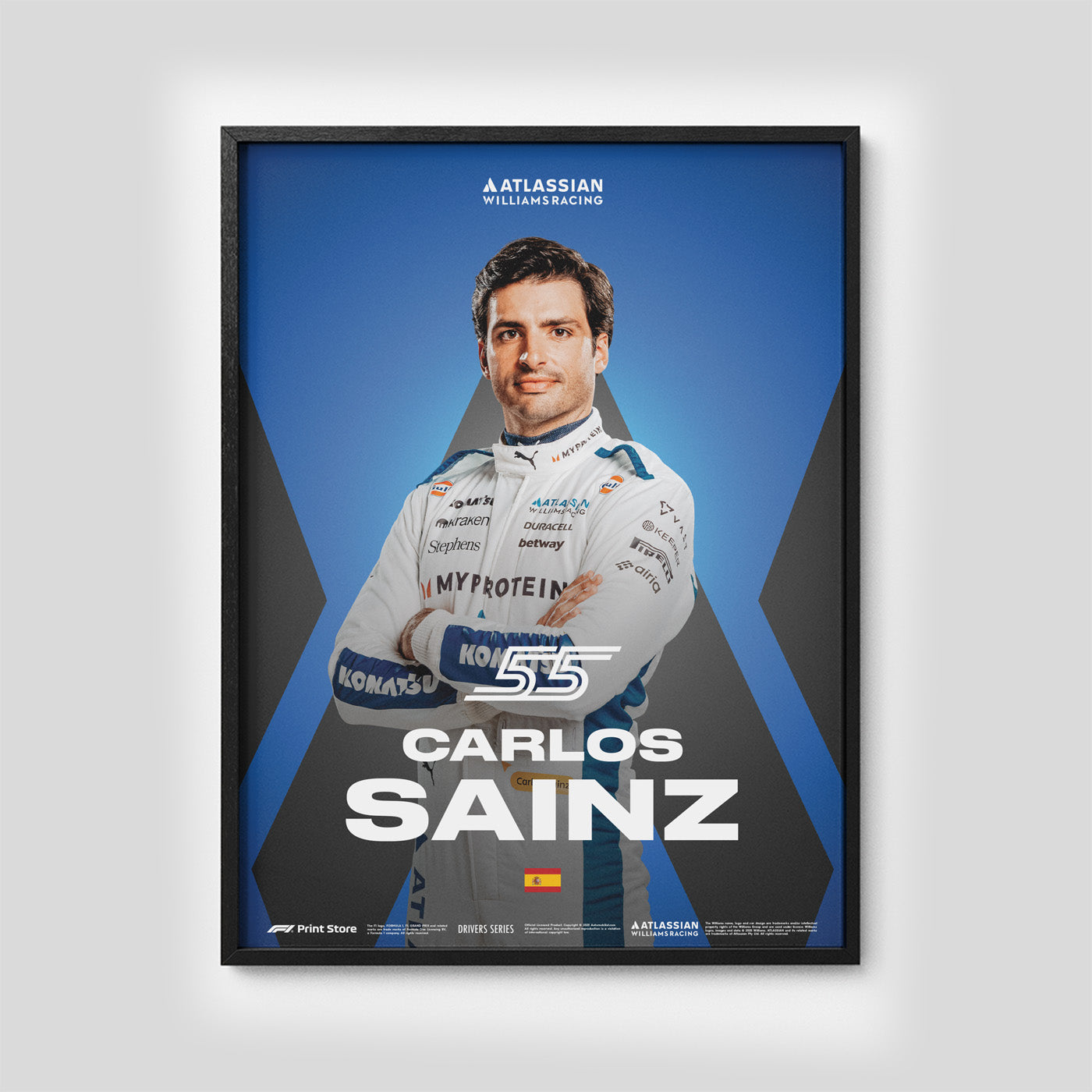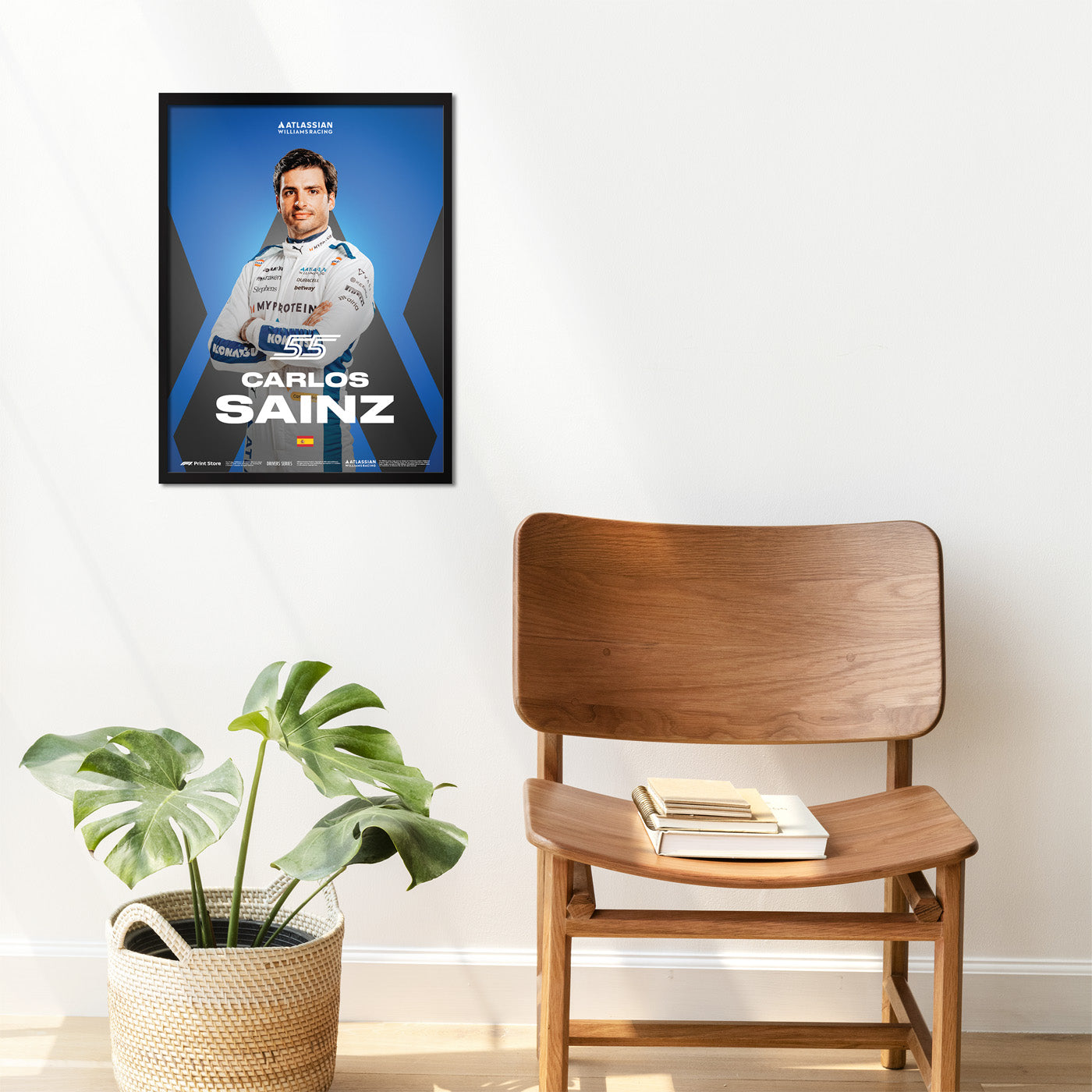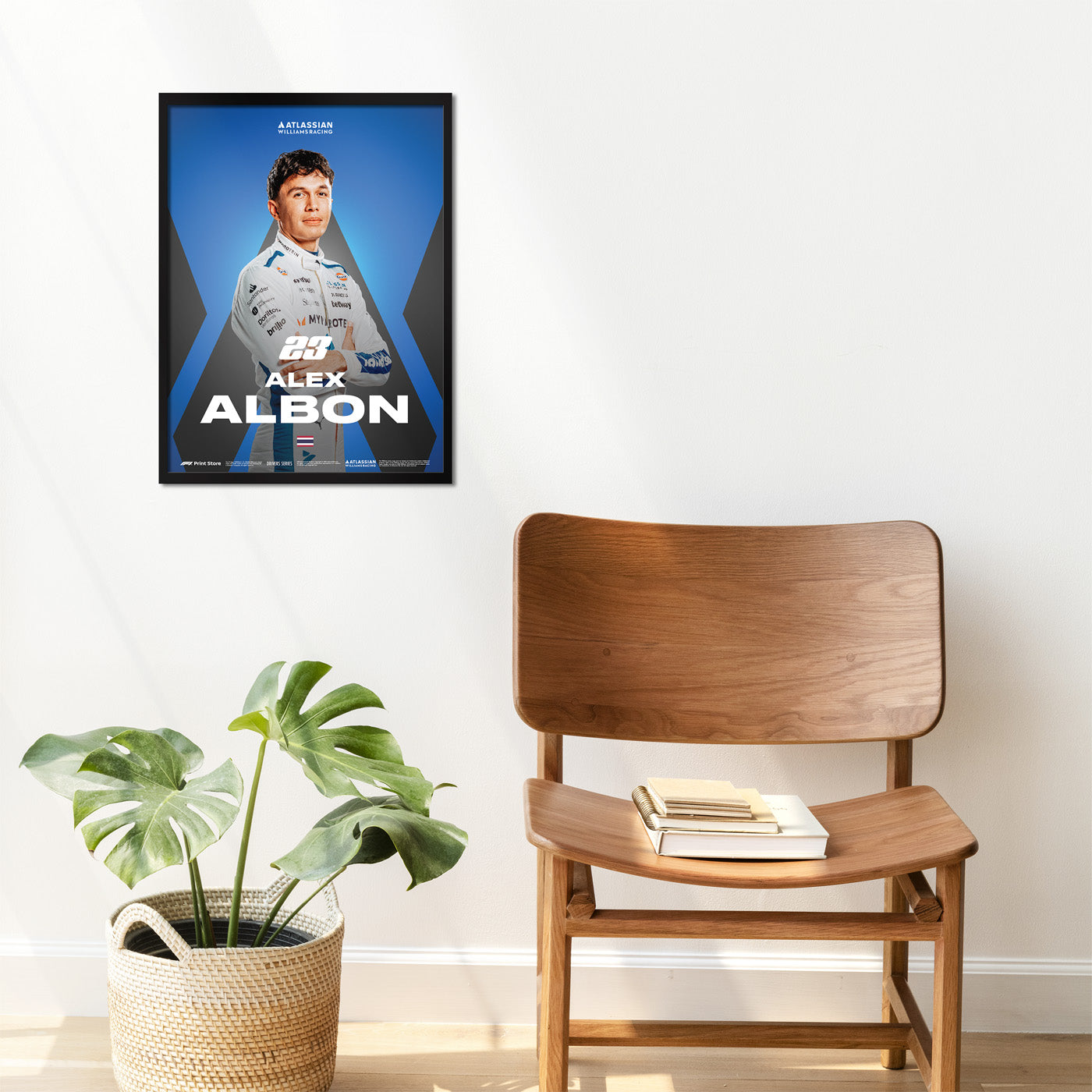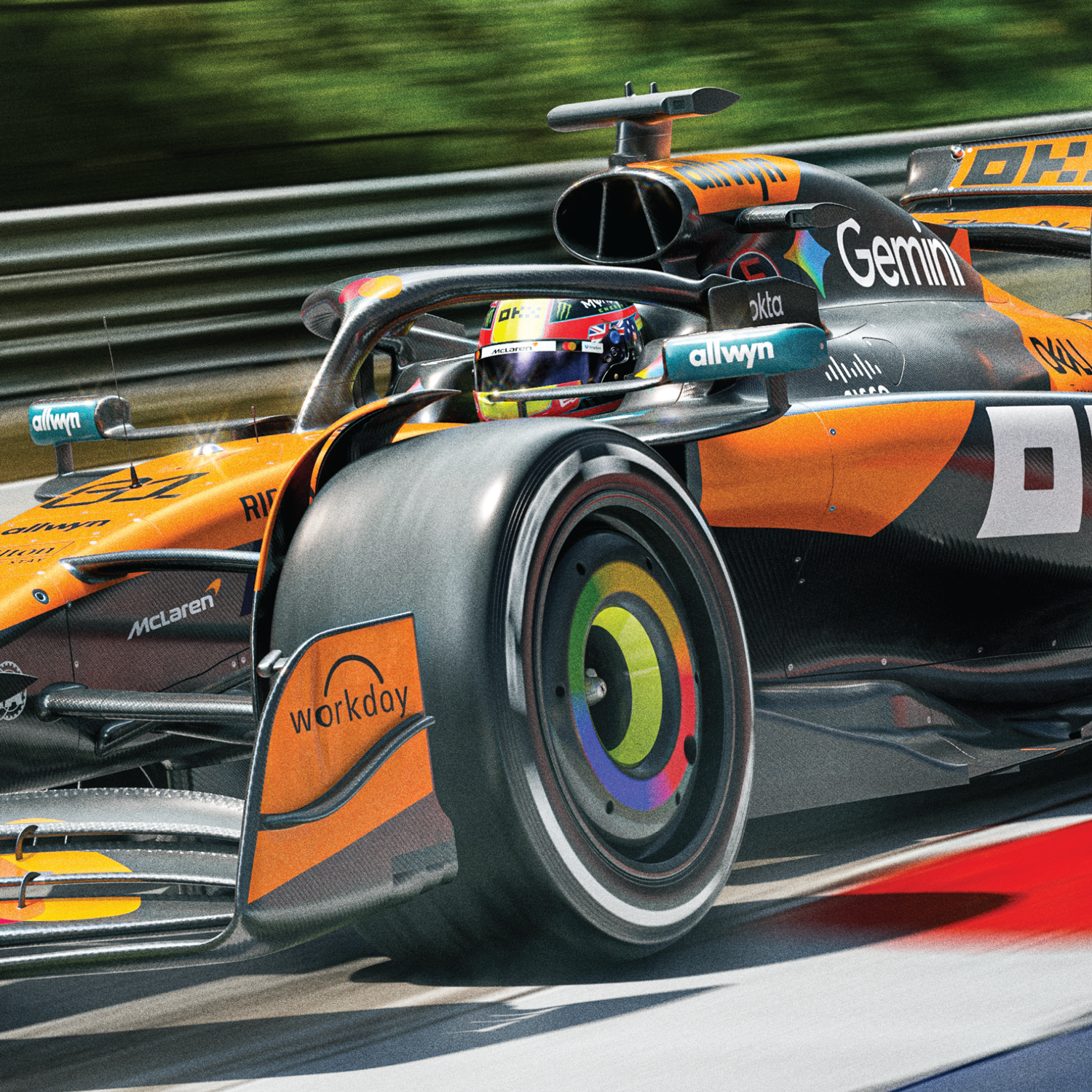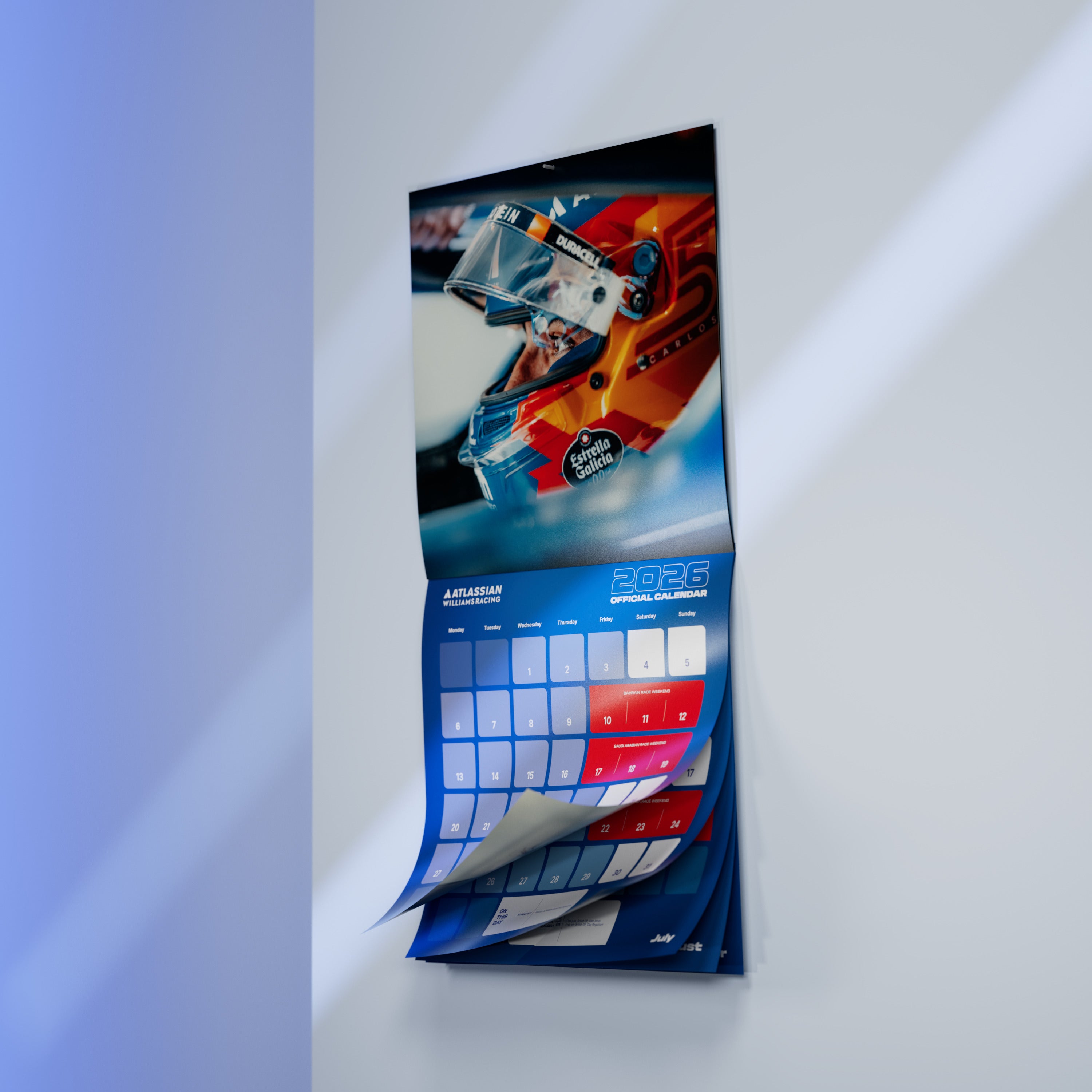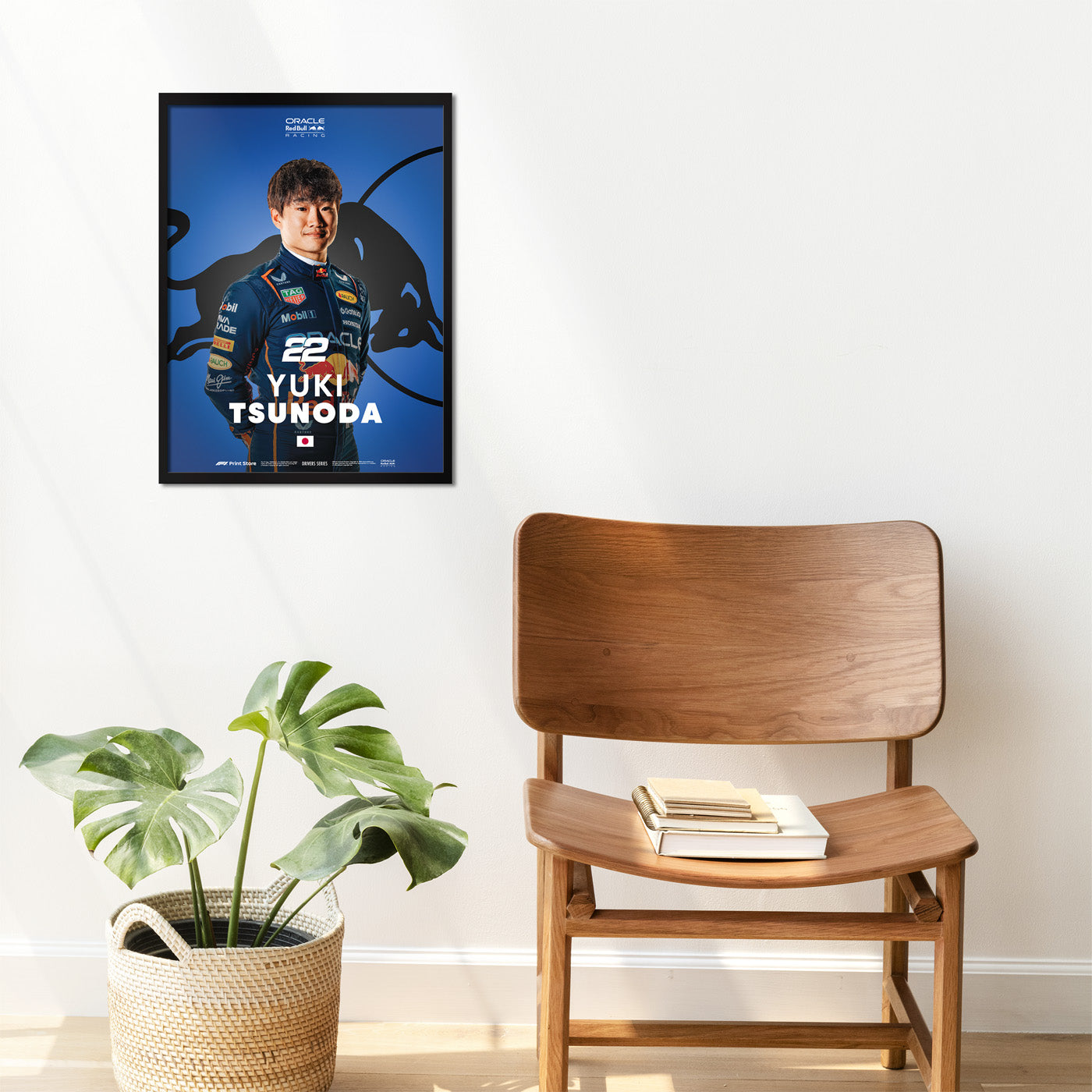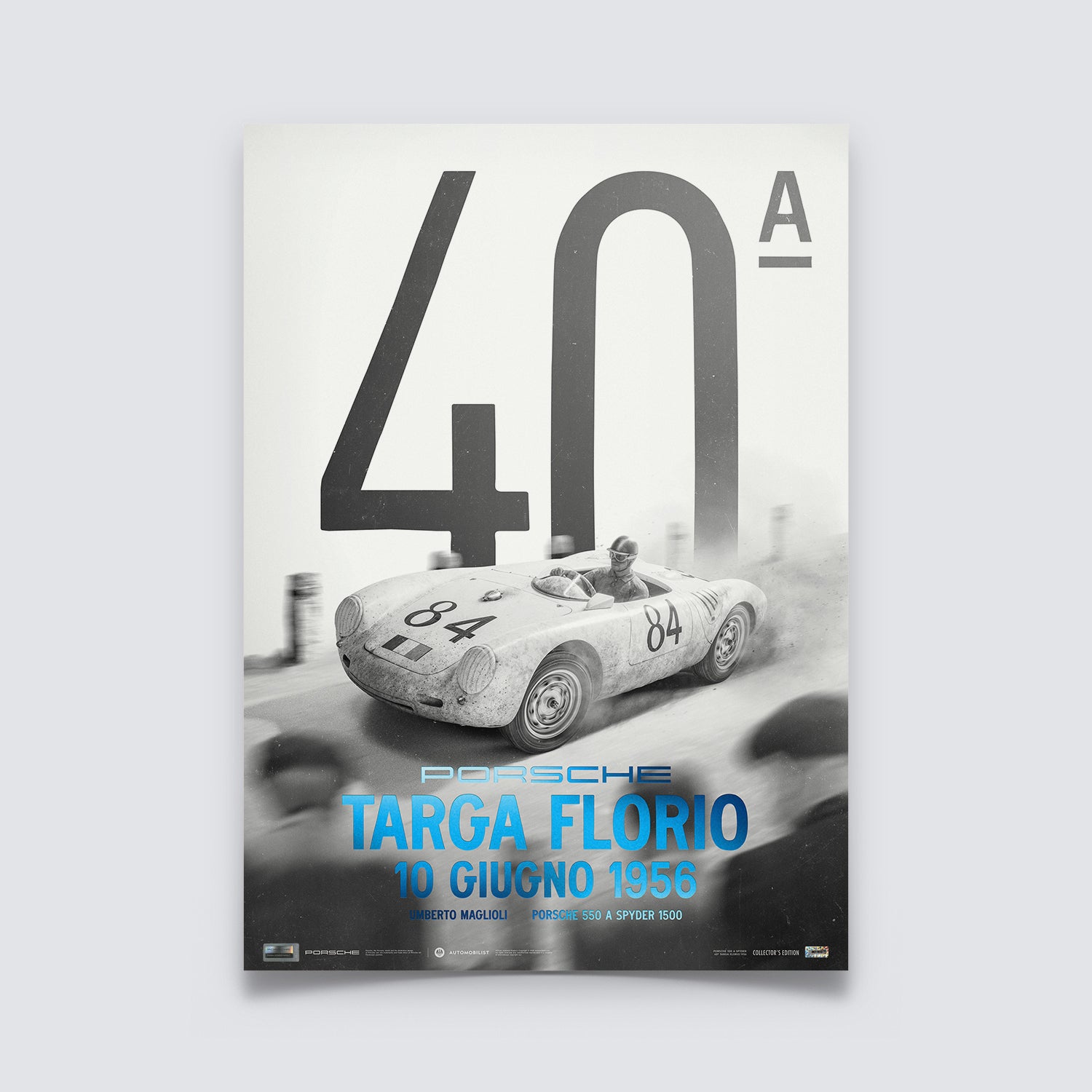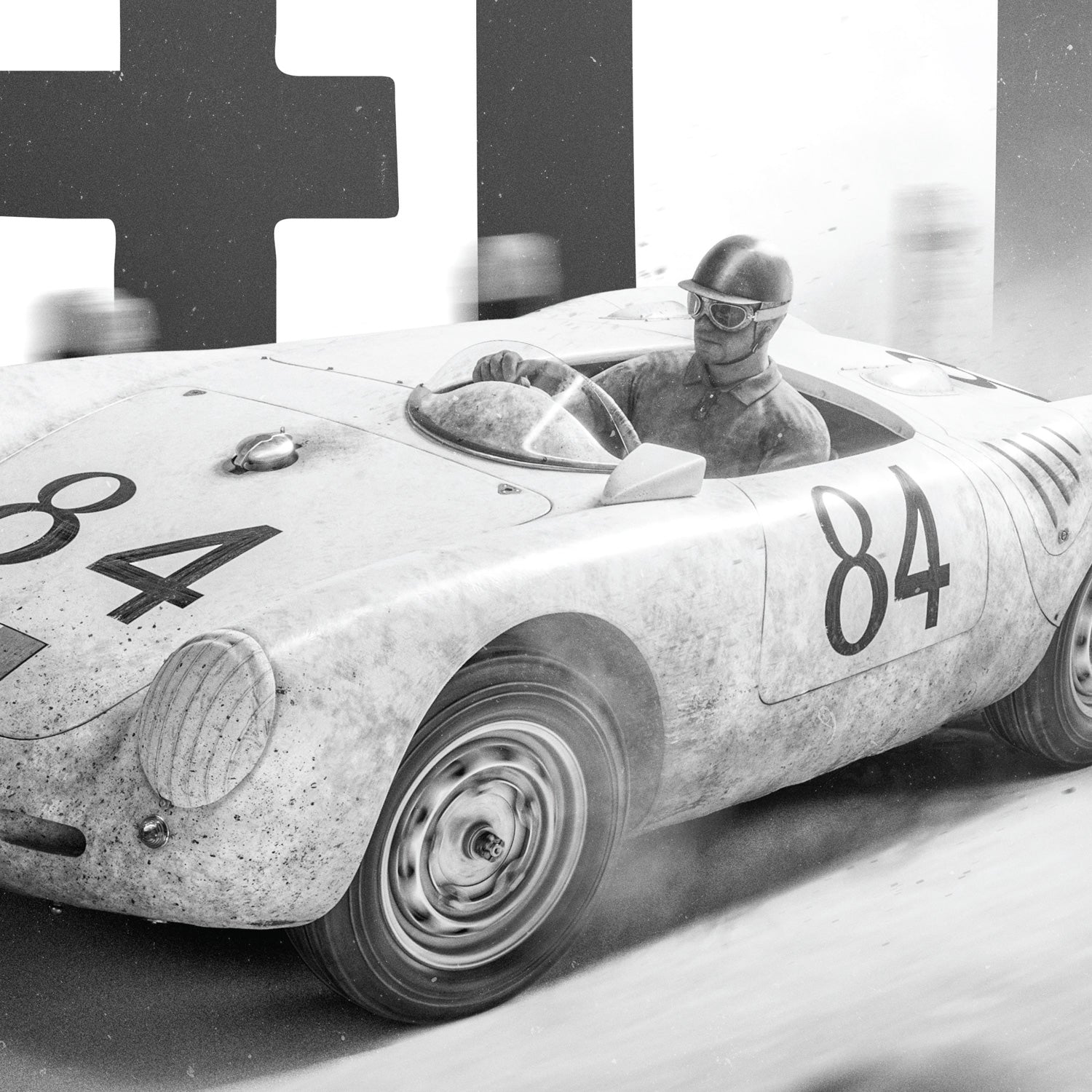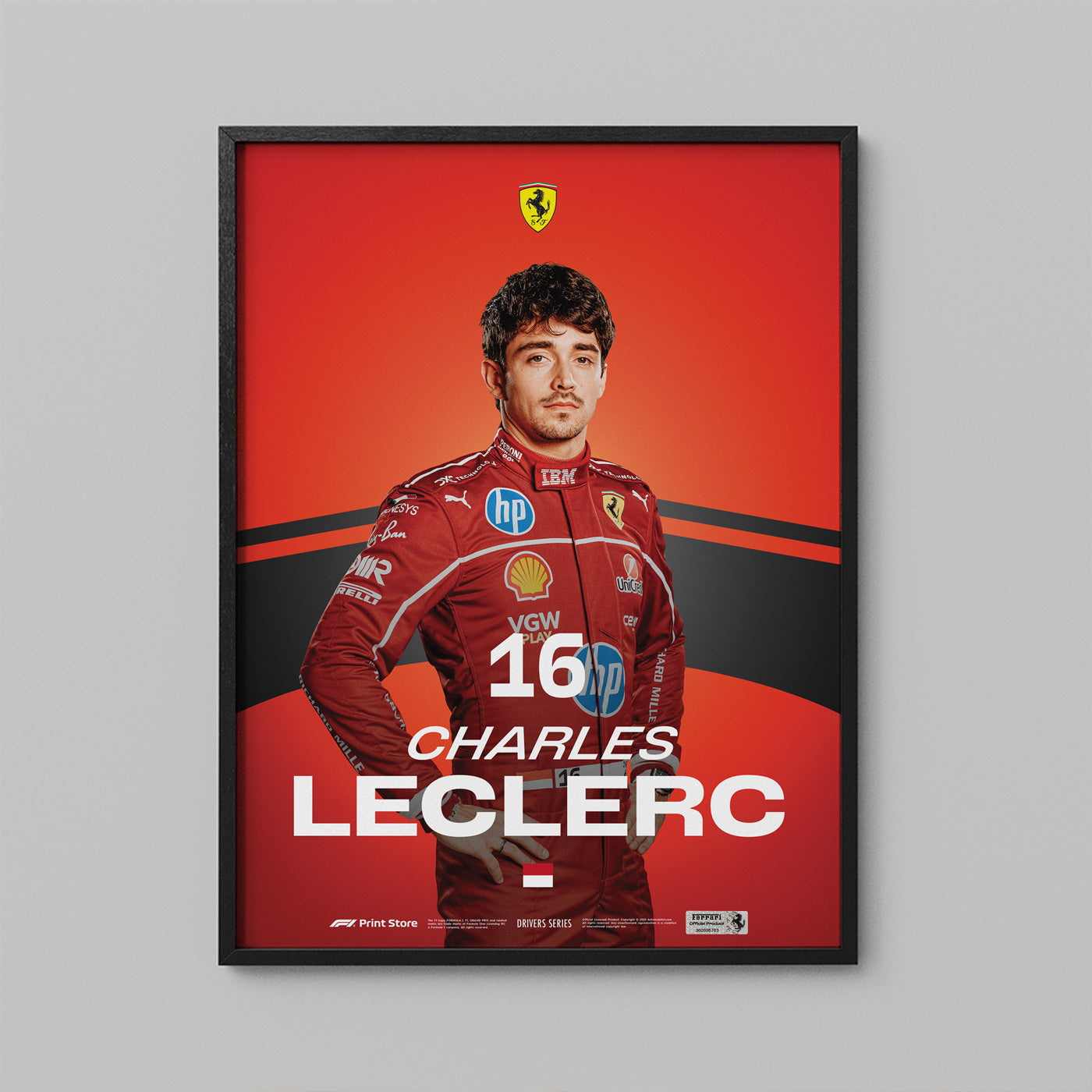Ask the man in the street to name a current Formula 1 car designer and you’re unlikely to get an answer. Ask an F1 fan the same question and they might just manage to think of Adrian Newey. But back in the sixties and seventies, Colin Chapman, the founder of Lotus cars, was so well known there were suggestions his face should grace a new English £20 note.
Anthony Colin Bruce Chapman passed away on 16 December 1982 at the early age of 54, but his legacy lives on. For starters, there’s the fact Team Lotus won seven Formula 1 Constructors’ titles and six Drivers’ crowns, at the time of the last win in 1978, more than any other team in the sport. He made world champions of Graham Hill, Jim Clark, Emerson Fittipaldi and Mario Andretti. Today, Lotus Cars is still going strong, one of the last British car companies in existence.
Chapman’s involvement with motorcars began by him doing up old cars and selling them in Warren Street London, not far from University College where he studied engineering and around the same time he started racing a modified Austin 7. But it was his skills as an engineer and his innovative mind that propelled him through the lower formulae until he was building racing cars for other people, eventually reaching the dizzy heights of Formula 1.
 Ronnie Peterson, Mario Andretti and Colin Chapman at the Formula 1 Spanish Grand Prix 1978. Image courtesy Hoch Zwei
Ronnie Peterson, Mario Andretti and Colin Chapman at the Formula 1 Spanish Grand Prix 1978. Image courtesy Hoch Zwei
A love of flying – he spent a short time in the Royal Air Force – was behind his enduring design principal of making everything as light as possible and he is famous for several sayings along these lines, even if some of them might be apocryphal: “simplify, then add lightness,” is one and “adding power makes you faster on the straights, subtracting weight makes you faster everywhere,” is another. He was therefore the antithesis of Enzo Ferrari who claimed that aerodynamics was for people who didn’t know how to build a powerful engine.
Chapman claimed to get his best ideas lying in the bath, which is pertinent as he is credited with inventing the reclined driver position that is still the norm in F1 today. The first car featuring this radical change was the ground breaking 1962 F1 car, the Lotus 25. At the time, the usual driving position was far more upright, a hangover from the days when the driver had to see over the front-mounted engine. But in this age of mid-engined F1 cars, that was no longer necessary. The 25 was the first car to use a fully-stressed monocoque chassis, making it far stronger and therefore safer and also more rigid than the tube-frame cars of the day. As Chapman sold cars to privateer teams, many of them were disgruntled to see this radical new car, having only just purchased the Lotus 24 model! With Jim Clark at the wheel, it won 14 races to take the 1963 championship title and it was still winning races two years later. Lotus 25 driven by Jim Clark in Zandvoort, Dutch Grand Prix 1962. Image courtesy Motorsport images
Lotus 25 driven by Jim Clark in Zandvoort, Dutch Grand Prix 1962. Image courtesy Motorsport images
It’s also thanks to Chapman that struts were used for the rear suspension and while American sports car builder Jim Hall was the first to consider the importance of aerodynamics in racing, it was Chapman who introduced the concept to Formula 1, first adding wings to his cars in the 1968 Tasman Series, run in Australia and New Zealand. He also realised that the conventional wisdom of mounting a radiator at the front of the car, slowed it down by increasing frontal area and moved them to the sides of the car, where they still sit on just about every racing and high performance car ever built. Wings were flimsy and prone to terrifying failures, so Chapman’s next move was “ground effect” with the F1 chassis effectively wearing a “skirt” around its edges, leading to low pressure under the car that sucked it down into the road. Of course, it was eventually banned by the sporting authority! Another invention – the dual chassis car, allowed the driver to sit in a car with soft suspension to avoid fatigue, while an outer chassis was very stiffly sprung to aid ground effect. That particular idea was banned even before it had ever raced, as other teams now knew to keep a sharp eye on anything from the pen of Mr. Chapman.
 Colin Chapman with Mario Andretti at the Italian Grand Prix 1978. Image courtesy Hoch Zwei
Colin Chapman with Mario Andretti at the Italian Grand Prix 1978. Image courtesy Hoch Zwei
Colin Chapman embodied a certain type of post-war can do dynamism and apart from his skills as a designer, he had a flair for business too. He was keen to tackle the famous Indianapolis 500, which he duly won with Jim Clark in 1965 in the Lotus 38, the first rear engine car to win the famous American race. It proved very good for the road car business, with the USA becoming the company's biggest market. Chapman also introduced the concept of advertising. For the 1967-68 Tasman Series he signed a lucrative deal to run his cars in the gold, red and cream colours of Gold Leaf cigarettes. The establishment was shocked, not to say horrified. After all, racing cars were meant to race in their patriotic national colours – British Racing Green in this case. But there was no stopping progress or big business and the floodgates opened. Lotus’ tobacco sponsorship reached its peak with the John Player Special Lotus 77, its simple lines and striking black and gold livery making it an instant classic and to this day, you will spot the occasional race fan wearing a jacket in its colours.
 Hazel Chapman with Team-Lotus at the 1983 Dutch Grand Prix . Image courtesy Hoch Zwei
Hazel Chapman with Team-Lotus at the 1983 Dutch Grand Prix . Image courtesy Hoch Zwei
Sadly, another important part of the Lotus legacy is now no longer with us, as Colin’s widow, Hazel Chapman passed away earlier this week at the age of 94. She was described as the rock on which the company was built, and she played an active part, with a seat on the board. Not only was she the co-founder of the company, back in 1948, that very first Lotus Mark 1, built around an Austin 7, was assembled in the garage at her parents’ home in North London.

